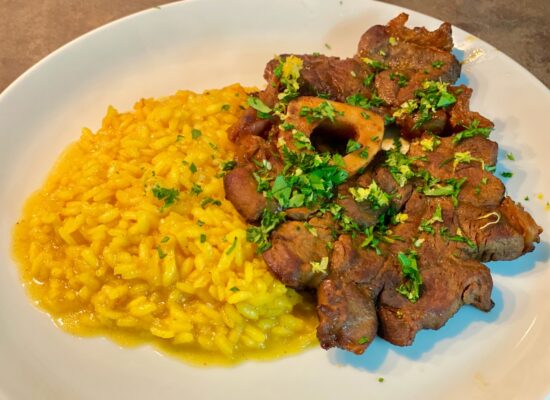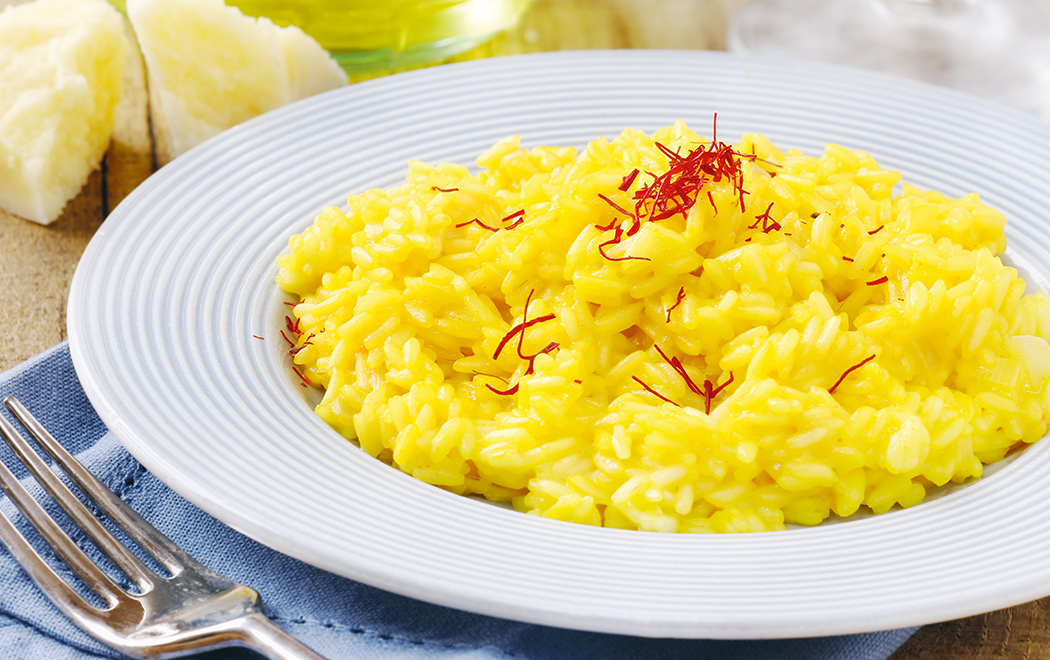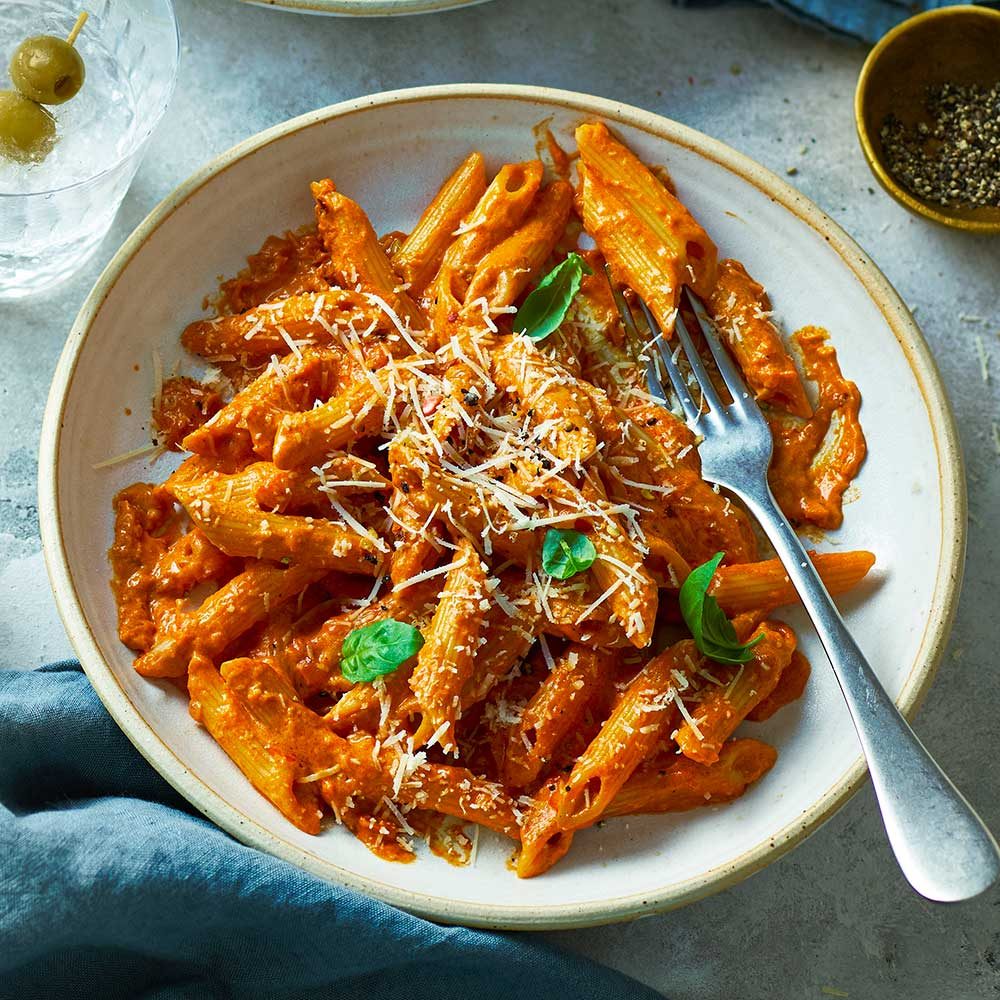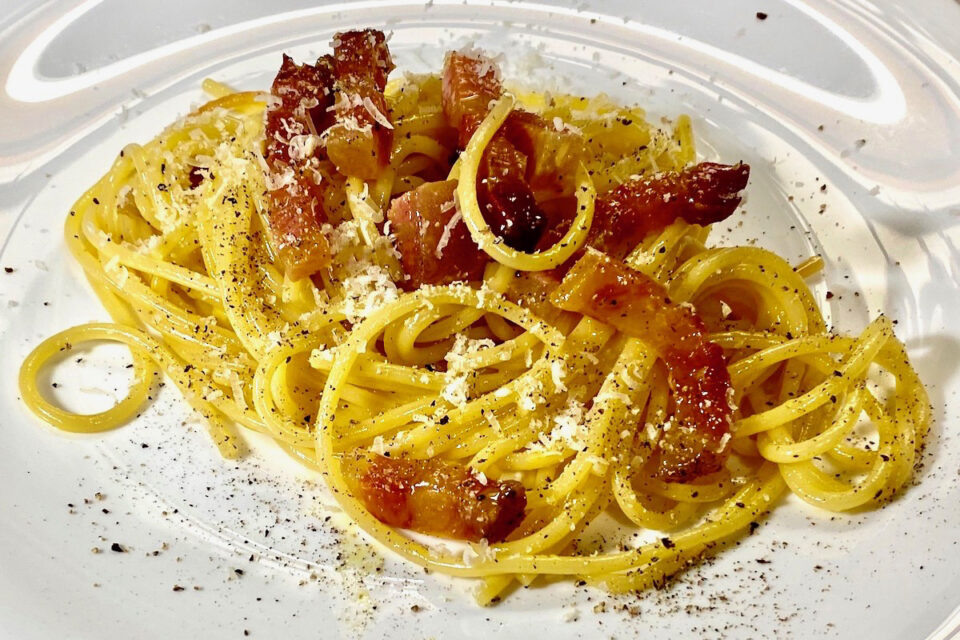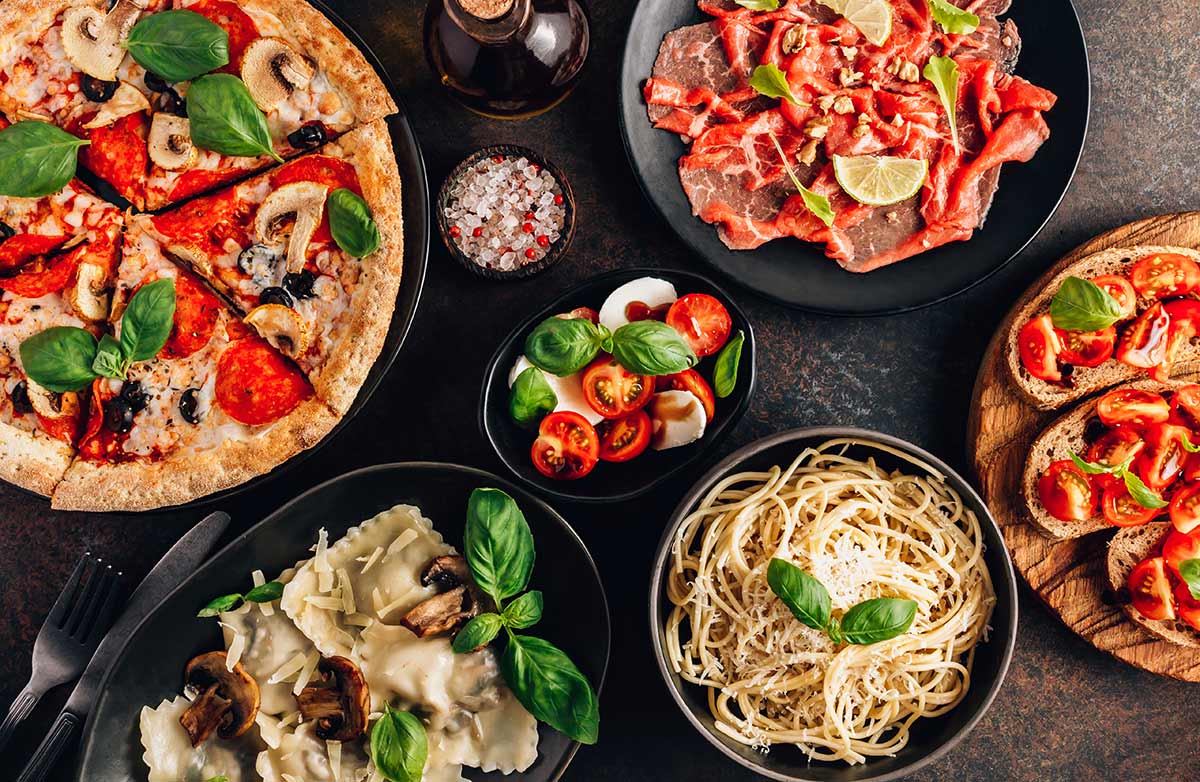Making risotto at home requires patience and attention, but the result is a creamy, delicious dish. Here’s a basic recipe for a classic risotto:
Ingredients
- 1 1/2 cups Arborio rice
- 4 cups chicken or vegetable broth
- 1/2 cup dry white wine (optional)
- 1 small onion, finely chopped
- 2 cloves garlic, minced
- 3 tablespoons olive oil or unsalted butter
- 1 cup grated Parmesan cheese
- Salt and pepper to taste
- Fresh parsley or chives, chopped (optional, for garnish)
Instructions
1. Prepare the Broth:
- Heat Broth: In a saucepan, heat the chicken or vegetable broth over medium heat until it’s warm. Keep it warm over low heat while you prepare the risotto.
2. Sauté Aromatics:
- Heat Oil/Butter: In a large skillet or saucepan, heat the olive oil or butter over medium heat.
- Add Onion: Add the chopped onion and cook until it becomes translucent, about 5 minutes.
- Add Garlic: Stir in the minced garlic and cook for another minute until fragrant.
3. Toast the Rice:
- Add Rice: Add the Arborio rice to the pan with the onion and garlic. Cook, stirring constantly, for about 2 minutes until the rice is lightly toasted and coated with oil or butter.
4. Deglaze with Wine (optional):
- Add Wine: Pour in the white wine and cook, stirring constantly, until the wine has been absorbed by the rice.
5. Cook the Risotto:
- Add Broth Gradually: Begin adding the warm broth, one ladleful (about 1/2 cup) at a time, to the rice. Stir constantly and allow each addition of broth to be absorbed before adding the next ladleful. This process should take about 18-20 minutes.
- Stir Constantly: Stirring helps release the starches from the rice, creating a creamy texture. Continue this process until the rice is tender but still slightly firm to the bite (al dente).
6. Finish the Risotto:
- Add Cheese: Once the rice is cooked, stir in the grated Parmesan cheese until melted and creamy.
- Season: Taste and season with salt and pepper as needed.
7. Serve:
- Garnish: Serve the risotto immediately, garnished with chopped fresh parsley or chives if desired.
Variations:
- Mushroom Risotto: Sauté sliced mushrooms with the onions.
- Seafood Risotto: Add cooked shrimp, scallops, or a mix of seafood towards the end of the cooking process.
- Vegetable Risotto: Add peas, asparagus, or spinach during the last few minutes of cooking.
Tips:
- Constant Stirring: Stirring constantly is key to achieving the creamy texture of risotto.
- Warm Broth: Using warm broth helps maintain a consistent cooking temperature for the rice.
- Patience: Don’t rush the process. Adding the broth gradually and allowing it to be absorbed fully ensures the best texture.
Enjoy your homemade risotto!



